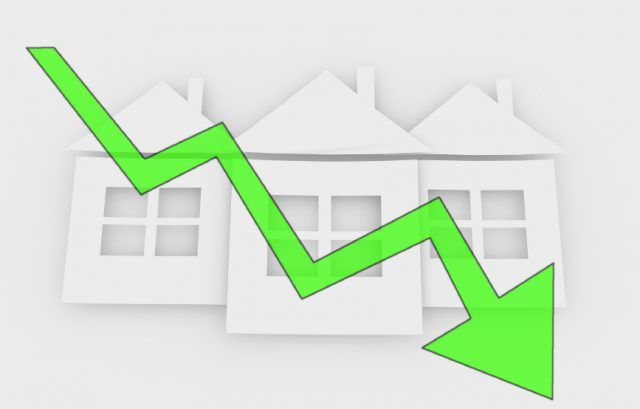High-end student accommodation demand rising
With the new academic year for higher education students starting for many this week, a new report suggests global demand from academics looking to study in the UK is set to rise overall by 2020.
It is projected that there will be an increase of 870,000 higher education students, giving a real boost to high end accommodation in university cities.
Student Demand
While UK student numbers have stabilised, the number of international students are set to rise sharply during the next decade. Previously, the provision of high quality student accommodation was the responsibility of the universities. However, in recent years, most new accommodation has been provided by private investors and developers.
Savills reports that investment in student accommodation in Britain has risen by 17% year-on-year. It is predicted that £5.3bn will be invested in purpose-built student accommodation by the conclusion of 2017, in comparison to £4.5bn last year.
International students can prove highly profitable for landlords and letting agents, with many prepared to pay greater rents for superior quality homes. In additional, international students are great for the UK economy- generating more than £25bn and providing a substantial boost to regional jobs and local businesses.
However, UK guarantor service Housing Hand suggests that one of the largest problems that international students face when renting a property is the lack of a UK guarantor.

High-end student accommodation demand rising
Concern
Jeremy Robinson, Managing Director of Housing Hand, noted: ‘This is a huge worry for students who are not able to pay 6-12 months in advance to secure their rental property. However, students who are unable to provide a quality UK guarantor can, provided they pass the Housing Hand application process, purchase our guarantor service.’
‘The good news for landlords and letting agents is they can access the huge potential market of international students and the previously too risky market of tenants, with poor credit history. We offer letting agents and tenants reduced financial risk and for both, a widening of what is available on the market.’[1]
[1] http://www.propertyreporter.co.uk/landlords/demand-for-high-end-student-accommodation-set-to-rise.html




